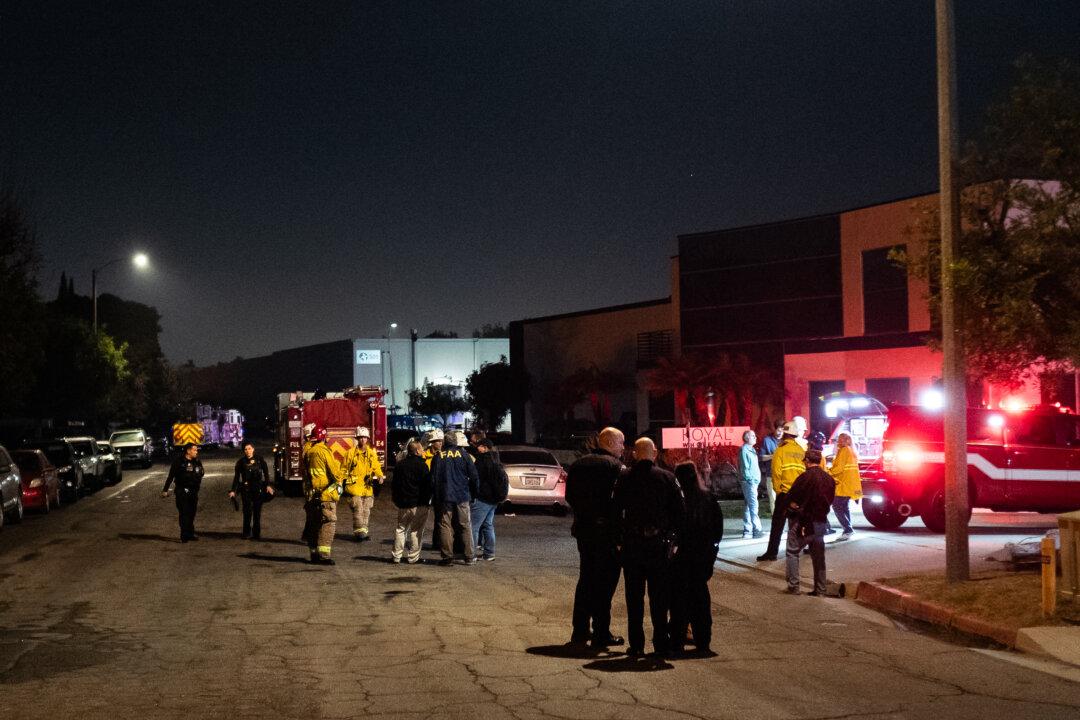Divers searching for the source of an ongoing oil spill in the wake of Hurricane Ida that appeared in the Gulf of Mexico have identified that broken one-foot diameter pipeline displaced from a trench on the ocean floor.
Talos Energy, the Houston-based company currently paying for the cleanup, said in a statement issued Sunday evening that the burst pipeline does not belong to them.
AP first reported Wednesday that aerial photos showed a miles-long brown and black oil slick spreading about 2 miles south of Port Fourchon, Louisiana. The broken pipe is in relatively shallow water about 34 feet deep.
Talos said the rate of oil appearing on the surface had slowed dramatically in the last 48 hours and no new heavy black crude had been seen in the last day.
So far, the spill appears to have remained out to sea and has not impacted the Louisiana shoreline. There is not yet any estimate for how much oil was in the water.
Despite stating it was not responsible for the oil in the water, a U.S. Coast Guard spokesman said Talos Energy had hired Clean Gulf Associates to respond to the suspected spill.
The company has had two 95-foot response vessels on location as they attempt to contain it and recover oil from the water’s surface. Clean Gulf is a nonprofit oil-spill response cooperative that works with the energy exploration and production industry.

Coast Guard experts were monitoring reports and satellite imagery from the National Oceanic and Atmospheric Administration (NOAA) to determine the scope of the spill, the spokesman said.
After AP published the photos, the Environmental Protection Agency tasked a specially outfitted survey aircraft to fly over that refinery on Thursday, as well as other industrial sites in the area hardest hit by the hurricane’s 150-mph winds and storm surge.
The Louisiana Department of Environmental Quality said a state assessment team sent to the Alliance Refinery observed a spill of heavy oil being addressed with booms and absorbent pads. A levee meant to protect the plant had breached, allowing floodwaters to flow in during the storm and then back out as the surge receded.
State environmental officials said there was also no estimate yet available for how much oil might have spilled from the Phillips 66 refinery.
The U.S.death toll has risen to over 60 while hundreds of thousands of Americans were left without power.
In Louisiana, Gov. John Bel Edwards said 13 people had now died in the state, one more than he reported Saturday, while in Pennsylvania the storm has killed at least four people, and Connecticut and Maryland each reported a death.





